Red light therapy devices are widely used because of their potential to help us speed up wound healing, reduce pain, and shorten recovery time after surgery. The therapy involves using specific wavelengths of light, typically red (around 650nm) and near-infrared (around 850nm), to stimulate cellular processes in the body. However, one question that many patients and healthcare professionals ask is, how soon after surgery can you use red light therapy?
In this article, we will explore the benefits of red light therapy, its potential use in post-surgical recovery, factors to consider before starting treatment, and guidelines on when it’s safe to use red light therapy after surgery.
What is Red Light Therapy?

Red light therapy involves using low-wavelength red or near-infrared light to penetrate the skin and promote various therapeutic effects at the cellular level. The light is absorbed by the mitochondria in the cells, which enhances cellular energy production (ATP), accelerates tissue repair, and promotes the release of anti-inflammatory factors. This stimulation can help speed up wound healing, reduce pain, and improve circulation, making red light therapy particularly beneficial for post-surgical recovery.
The two primary types of light used in RLT are:
- 650nm Red Light: This wavelength is primarily absorbed by the skin’s surface layers, improving superficial tissue healing, reducing inflammation, and promoting circulation.
- 850nm Near-Infrared Light: This wavelength penetrates deeper into tissues, reaching muscles, joints, and even bones. It is particularly effective for reducing deep tissue pain, promoting blood flow, and supporting cellular repair in deeper tissues.
Benefits of Red Light Therapy After Surgery

Red light therapy offers several benefits for patients recovering from surgery:
- Accelerates Tissue Healing: RLT stimulates the production of collagen and fibroblasts, key components in tissue repair. It promotes faster wound healing by improving the regeneration of damaged tissues.
- Reduces Inflammation and Swelling: One of the immediate effects of surgery is inflammation, which can delay recovery. RLT reduces pro-inflammatory cytokines and helps to calm the inflammatory response, thus reducing swelling and discomfort post-surgery.
- Improves Circulation: The therapy promotes blood flow to the treated area by increasing nitric oxide production, which helps to deliver oxygen and nutrients to tissues. Better circulation supports faster recovery by providing tissues with the resources they need to heal.
- Pain Relief: Red light therapy is known to reduce pain by releasing endorphins and increasing blood circulation. It also has an analgesic effect, which can help reduce post-surgical pain, leading to less reliance on pain medications.
- Promotes Tissue Regeneration: By boosting ATP production in cells, red light therapy encourages the regeneration of skin, muscle, and nerve tissues. This can shorten recovery times after surgery.
How Soon After Surgery Can You Use Red Light Therapy?

Treatment with medical-grade red light therapy devices after surgery can also have certain benefits, but it is important to understand the right time to start treatment. The answer depends on several factors, including the type of surgery, the patient's overall health, and the stage of recovery.
1. Immediate Post-Surgery (First 24-48 Hours)
During the first 24-48 hours after surgery, the body is in the acute inflammatory phase of recovery. This is the time when inflammation, swelling, and pain are most pronounced. While red light therapy is known for its anti-inflammatory and pain-relieving effects, it is generally recommended to avoid using red light therapy in the first 24-48 hours unless otherwise advised by your doctor. The reason for this is that applying light therapy too soon could interfere with the body's natural healing process, potentially prolonging inflammation.
However, after this initial period, once the most intense inflammation has started to subside, you may begin considering red light therapy as part of your recovery plan.
2. Post-Surgery Days 3-7
Between days 3 and 7 after surgery, your body has likely moved from the acute inflammatory phase into the proliferative phase, where tissue repair and regeneration are actively occurring. This is the ideal time to begin using red light therapy, as it can help to accelerate healing, reduce residual swelling, and improve circulation to the affected area.
It is important to follow your healthcare provider's recommendations regarding the appropriate intensity and duration of treatment. At this stage, red light therapy can effectively target the surgical site to promote collagen production, reduce scar tissue formation, and help your body heal more efficiently.
3. One to Two Weeks After Surgery
Around one to two weeks post-surgery, most patients are beginning to regain mobility and the surgical site is often in the remodeling phase of healing. This is another optimal time to use red light therapy to promote tissue remodeling, improve blood flow, and further reduce scarring.
At this point, daily sessions of red light therapy can help to improve the overall strength and flexibility of the healing tissue. However, it is important to follow your surgeon’s recommendations, as overuse of red light therapy can potentially cause unnecessary strain on the healing tissues.
4. Four Weeks and Beyond
By four weeks and beyond, your body has likely entered the remodeling phase, during which the newly formed tissue becomes stronger and more organized. Red light therapy can continue to be beneficial during this phase, helping to maintain and enhance the quality of the healed tissue, reducing the appearance of scars, and alleviating any ongoing pain or stiffness.
Patients who have undergone major surgeries or have complex recovery needs may continue using red light therapy for several months after surgery, with guidance from their healthcare provider.
Factors to Consider Before Using Red Light Therapy After Surgery
While red light therapy can be highly effective in promoting post-surgical recovery, there are several important factors to consider before starting treatment:
- Type of Surgery: The timing and application of red light therapy can vary depending on the type of surgery. For instance, after a major surgery (such as joint replacement or spinal surgery), it’s crucial to wait until inflammation has subsided before using RLT. However, for less invasive procedures (like skin excisions or minor arthroscopic surgeries), red light therapy may be beneficial sooner.
- Health Conditions: If you have certain health conditions, such as active cancer, or if you are on medications that can interact with light therapy, you should consult your doctor before using red light therapy. For example, patients who are taking photosensitizing medications should avoid light therapy without their healthcare provider’s approval.
- Dosage and Duration: The effectiveness of red light therapy depends on proper dosage, including the intensity of the light, the duration of each session, and the frequency of treatments. Too much or too little exposure could result in suboptimal healing. Always consult a professional for guidance on how to use red light therapy for your specific recovery needs.
- Wound Healing Stage: The stage of wound healing plays a crucial role in determining when to begin red light therapy. In the early stages of recovery, excessive use could aggravate inflammation, while using it later can help with tissue remodeling and pain relief. Always tailor the therapy based on your healing timeline.
Conclusion
Red light therapy is a promising treatment modality for accelerating recovery after surgery. While it can offer numerous benefits, such as reducing inflammation, speeding up tissue healing, and alleviating pain, it is important to use it at the right time during the healing process. In general, it is safe to start using red light therapy 3-7 days after surgery, but you should always consult with your healthcare provider to tailor the treatment plan to your specific needs.
By timing the therapy appropriately and following the guidance of your medical team, you can enhance your recovery and get back to your normal activities more quickly.
Related reading: Strongest red light therapy at home


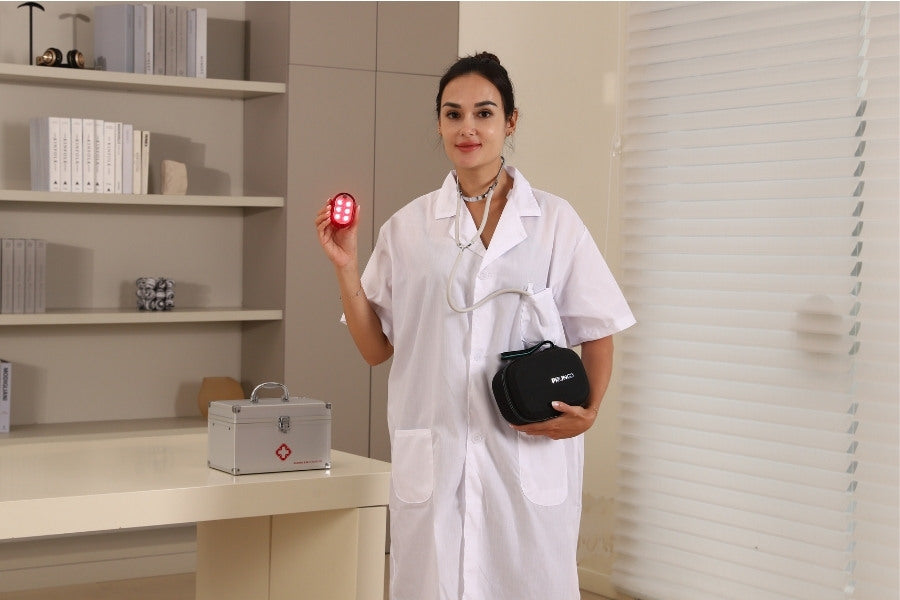
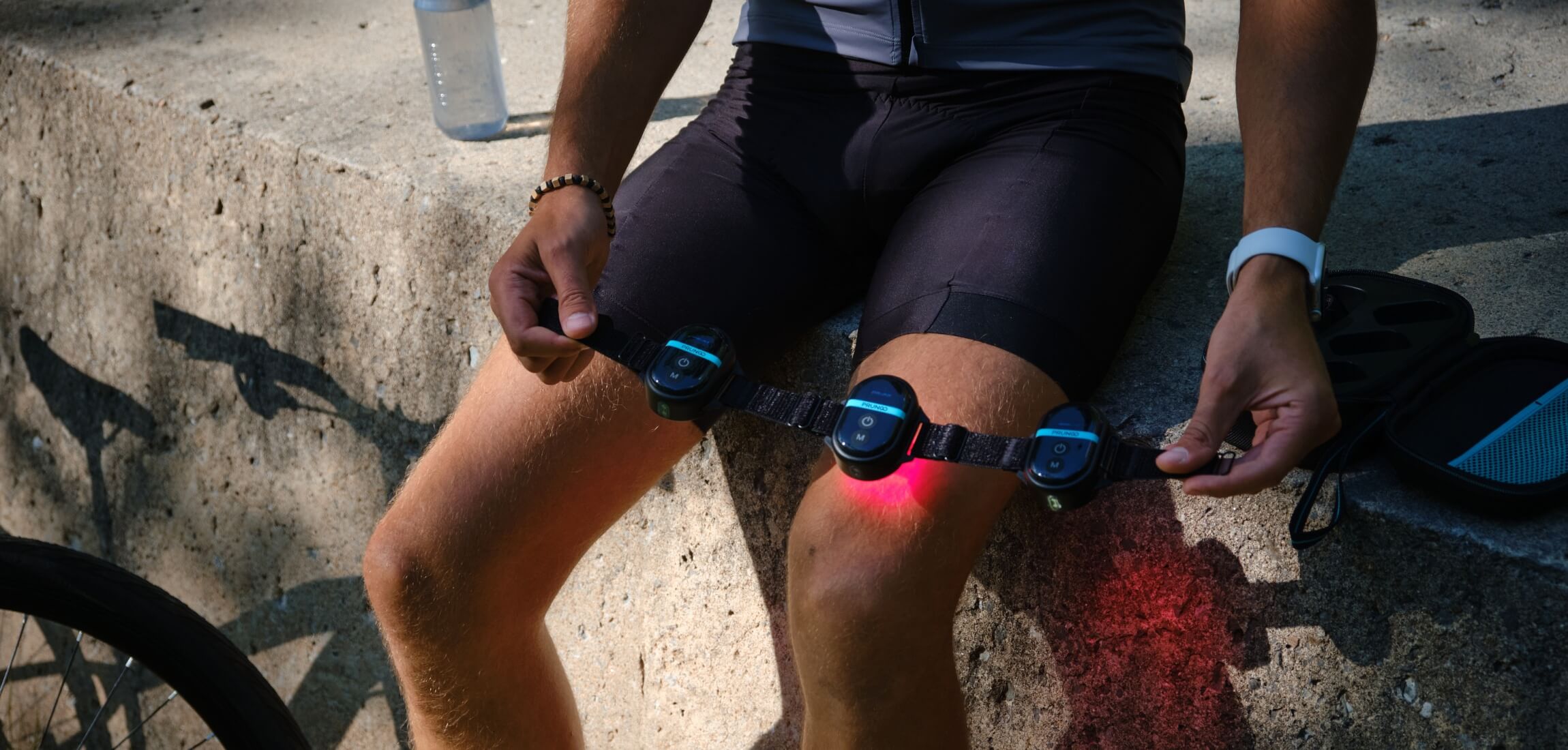
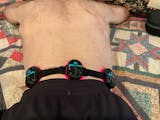
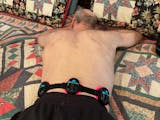









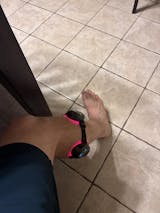
Share:
Is Heel Pain a Sign of Cancer?
Can Red Light Therapy Cause Cancer Cells to Grow?